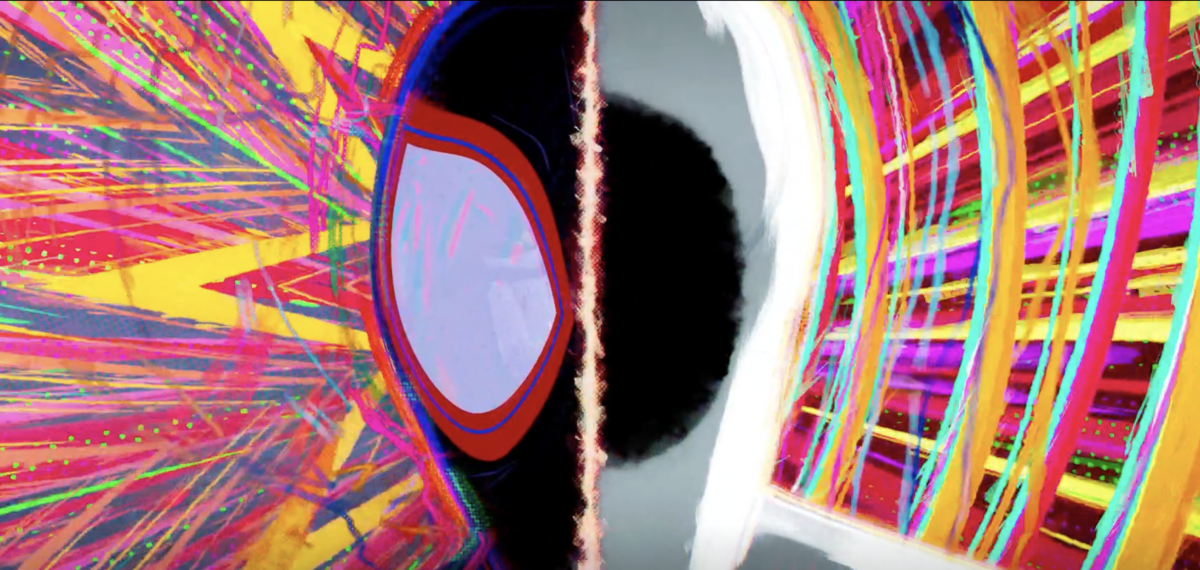“Spider-Man: Across the Spider-Verse” is available for streaming as of Aug. 8, and viewers can now enjoy its unique animation style and creative storytelling from home.
Although the movie amazed audiences around the world when it first came out on June 2, with its online release, viewers may be able to look more closely into the movie and notice new and exciting details that weren’t noticeable on the big screen.
“Across the Spider-Verse,” directed by Joaquim Dos Santos, Kemp Powers, and Justin K. Thompson, is a sequel to “Spider-Man: Into the Spider-Verse,” which follows the story of the Spider-Man of Earth-1610B, or Miles Morales, played by Shameik Moore, and the Spider-Woman of Earth-65B, or Gwen Stacy, played by Hailee Steinfeld, in their journey of self-realization and resistance against a flawed institution and its “greater good” beliefs.
The movie left audiences with a major cliffhanger; in addition, the final film in the trilogy’s release was consistently pushed back, creating frustration for many fans.
However, the movie’s stylish animation makes up for its lack of closure.
The “Across the Spider-Verse” art style is unique as each character varies in design to match their specific universe. Morales is considered the standard design with no noticeable design difference, while Stacy’s design looks like it’s painted with watercolors that reflect her current feelings and mood.
The fan-favorite character, Spider-Punk, or Hobie Brow, played by Daniel Kaluuya, has body parts and clothing that move on different frames. His design and color scheme constantly changed, almost as if he were ripped from comic books and pasted on the screen.
The movie includes many impact frames that are both humorous and foreshadow its ending. Fans also predict it will foreshadow the upcoming movie plot.
For instance, one funny impact frame is located at the beginning of the movie when Rio Morales, Spider-Man of Earth-1610B’s mother, played by Luna Lauren Vélez, exaggerates the snapping gesture by snapping the Puerto Rican flag at Morales.
The introduction of a diverse variety of Spider-people like Spider-Man of India, or Pavitr Prabhakar, played by Karan Soni, reminds the audience of themselves or someone they know in real life on screen and allows them to relate to the character. The character development in this movie provides audiences with a sense of relatability, something other Spider-Man movies did not have before.
The movie has such a refreshing take on what a Spider-Man movie usually is, breaking free from the model previous Spider-Man movies used. “Spider-Man: Across the Spider-Verse” is a lesson in how there is no right life path and the choice each individual makes will differ from others.
Although “Spider-Man: Across the Spider-Verse” is not the perfect Spider-Man movie, it opens the audience’s mind with the variety of art styles for each character and tells an amazing story of self-reflection, independence, and individuality.
Rating: 4/5






















